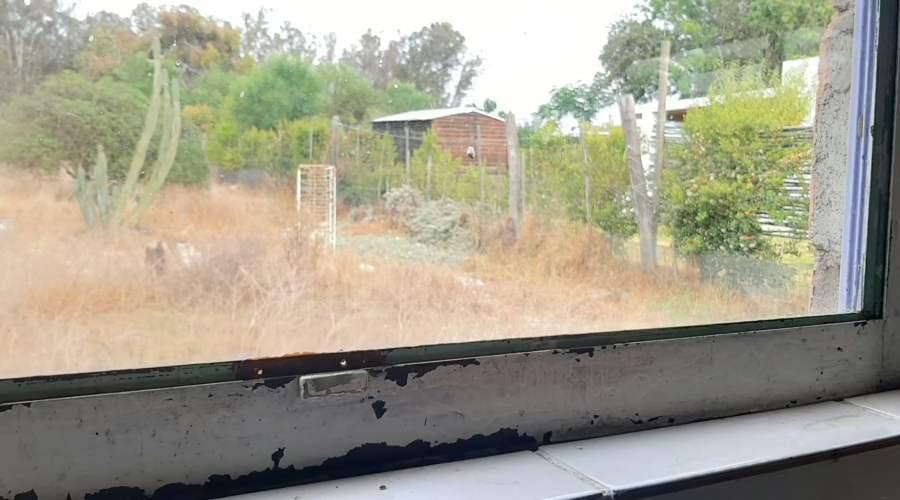Broken, Cracked, and Sealed Shut – Windows Failing Their Purpose
Introduction
Windows are more than just architectural elements—they are essential for ventilation, natural light, and the overall safety of a home. Yet, the windows depicted in this property tell a troubling story of neglect. Broken handles, cracks in panes, and gaps around frames have rendered these windows unusable, compromising the basic livability of the home and posing significant safety, health, and structural concerns.
The Problem: Broken and Damaged Windows
The inability to open or properly seal windows due to broken handles, cracks, and gaps creates a cascade of issues:
- Health Risks
- Poor ventilation exacerbates damp conditions, increasing the risk of respiratory issues caused by mold and mildew.
- Cracks and gaps allow cold air, dust, and pests to enter, creating an unhygienic and uncomfortable living environment.
- Safety Hazards
- Non-functional windows compromise escape routes during emergencies like fires.
- Broken panes and unstable frames increase the risk of injury.
- Structural Concerns
- Gaps around frames can allow water intrusion, leading to rot, mold growth, and further structural deterioration.
Legal Standards for Windows in Rental Properties
South African law clearly mandates that landlords maintain windows in a safe and functional condition:
- Rental Housing Act (1999)
- Section 4(5)(c) requires landlords to provide tenants with windows that are functional and in good repair.
- National Building Regulations and Building Standards Act (1977)
- Part O of the regulations specifies that all windows must be secure, properly fitted, and allow adequate ventilation to meet minimum health standards.
- Occupational Health and Safety Act (1993)
- Ensures the structural safety of all property features, including windows, to prevent injury to occupants.
- SANS 10400 – Code of Practice for the Application of the National Building Regulations
- Requires windows to be designed, installed, and maintained in a manner that ensures functionality, safety, and adequate insulation.
The Responsibility to Repair
Both landlords and municipalities bear specific obligations to address issues related to damaged windows:
- Landlord’s Obligation:
- Repair or replace broken handles, cracked panes, and faulty frames to restore full functionality.
- Municipality’s Role:
- Enforce compliance with safety and health standards through inspections and notices.
Occupants’ Rights and Avenues for Action
Occupants can take the following steps to address window-related issues:
- Report to the Landlord:
- Provide written notice of the problem, including photographs and a timeline for response.
- Engage Municipal Authorities:
- If the landlord fails to act, file a complaint with the municipal building inspector or health department.
- Seek Legal Remedies:
- Approach a housing tribunal or pursue relief under the Promotion of Administrative Justice Act (2000) to compel the landlord or municipality to address the issue.
- Public Awareness:
- If authorities fail to act, raising the issue publicly can apply additional pressure and mobilize support.
A Breach of Basic Standards
Windows are not a luxury but a fundamental part of any habitable property. When landlords fail to maintain them, they breach the implied warranty of habitability—a legal concept that guarantees tenants the right to safe and livable conditions. Municipalities also share responsibility for enforcing these standards, ensuring public health and safety are not compromised.
Conclusion
The state of the windows in this property is a glaring example of neglect that undermines the quality of life for its occupants. Functional, secure windows are a basic requirement for any home, yet here, they have been allowed to fall into disrepair.
Landlords and municipalities must address these deficiencies without delay. Windows are the gateway to light, air, and safety, and failing to maintain them fails the people who call these properties home.
Legal Context for the Right to Publish
This article is published under Section 16 of the Constitution of South Africa (1996), guaranteeing freedom of expression and the right to impart and receive information. The Promotion of Access to Information Act (2000) and the Open Justice Principle further reinforce the public’s right to expose unsafe living conditions and demand accountability.


